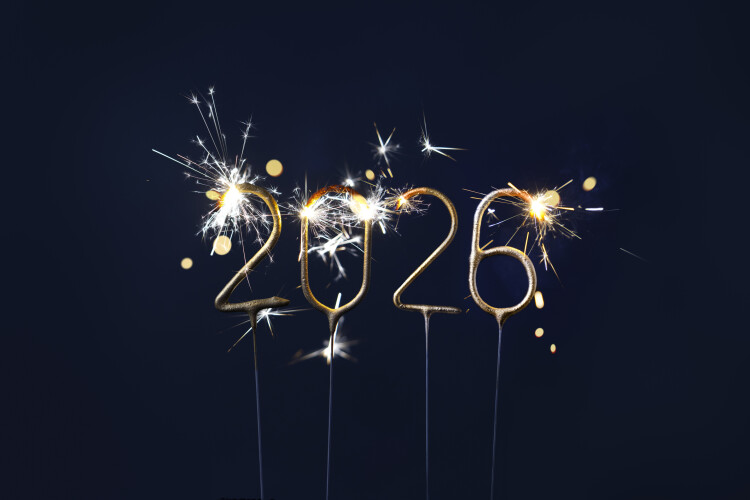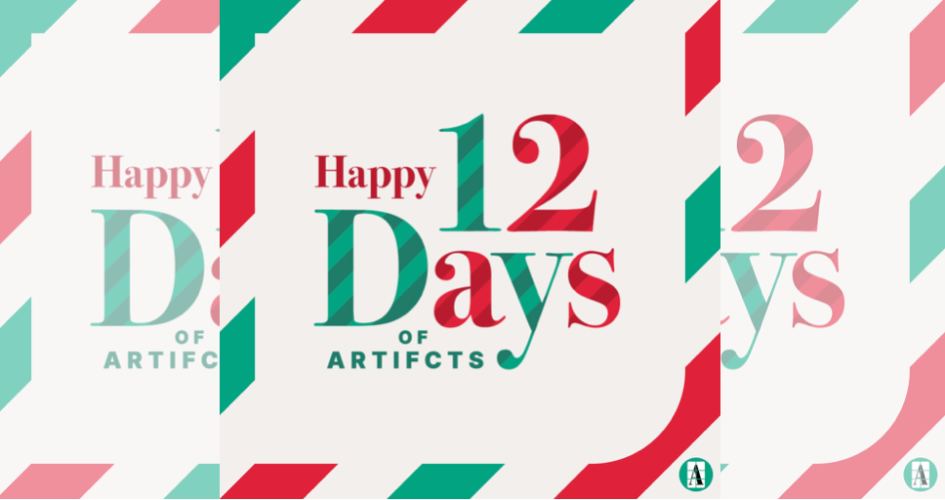Reading time: 7 minutes
Swedish Death Cleaning provides a conceptual framework to encourage us each to organize and declutter our homes to reduce the burden on loved ones who would otherwise need to sift through 1000s of objects one day when we’re no longer here. We might be some of the biggest fans of Margareta Magnusson, who introduced the concept in her book, The Gentle Art of Swedish Death Cleaning, that she’s never met.💗 We all can understand and maybe even relate to the concept but having a term for it gives us a starting point to act on it!
Artifcts is your best-in-class Swedish Death Cleaning app. It’s a big reason why we write on and provide workshops related to this topic. Today we’re considering Swedish Death Cleaning from yet another angle: Your digital legacy.
Defining “Digital Legacy”
What ARE we talking about, “digital legacy?”
Good question! Because, no, in this context, it is not about the entirety of your online life or digital assets, e.g. banking, mortgages, insurance policies, investments, or similar. All critical! All should be a part of your estate plan and/or will. You should also invest in an online digital vault to corral it together, benefit from automated and smart reminders, and enjoy the ease of sharing securely or accessing it yourself in an emergency.
What we are talking about with "digital legacy" are the digital items that reflect our lives and personal histories as well as who we are as members of families and communities.
What makes up your digital legacy depends in part on your age as well as your personality and views. Some of us have chosen not to adopt certain aspects of digital life or have intentionally created the smallest digital footprint possible. Others of us go big online for personal and professional reasons.
Below we’ll provide a framework to help you get started as you organize and maybe declutter your own digital legacy to ensure its best chance of meaning and survival!
What: Take Inventory
Literally pause, grab a piece of paper or digital notebook, and start jotting down your digital footprint. Yes, you might need to wander your home, pull out some bins, open some drawers, but this is the easy part. We’ll help you get started.
Do you or other household members have any of these?
-
-
- Digital music and/or movie libraries, including media that’s digitally native and any you might have digitized when you, oh, let’s say, “decluttered” that VHS, DVD, or CD collection.
- Photographs, again, digital native photos from your phone, most likely, and those pics you have scanned or otherwise digitized over time.
- Social media posts, and before those, your blogs
- Academic and professional research, including publications, patents, and even genealogy, family history, and DNA information.
- NFTs and other digital works stored, for example, in your digital wallet(s).
Where: As Tech has Changed, Storage has Changed
Before cell phones were our go-to video recorders, there were small handheld versions that were wow’ing, because they had great quality and storage for the time, and were many times smaller than those you held with a strap in one hand or the ones that were so big that they sat on your shoulder. Did you ever download all the videos on your digital handheld camera? Treasures untold may be waiting.
Think creatively through all the digital tech you’ve used and held onto through the years when you consider where your files may be resting, and in some cases, actively degrading.
Bulk stashes via old and new hardware.
As time has gone on, we’ve been able to more cheaply and conveniently store massive volumes of data on those things and yet you might be surprised how little you actually saved to some. One of our Arti Community members told us she has 15 thumb drives that each contain three songs her daughter recorded during her spring and fall piano recitals.
Dig out those thumb drives, memory cards that may still be in old cameras or spare cases, disks (floppy, hard, and otherwise), and flash drives. Environmental implications aside, harvesting and storing those digital files together, and backed up in a second location, is a relatively easy, cheap, and fast undertaking. Hurray!
Desktop and laptop hard drives.
Hopefully before you donated or recycled old computers, you saved the contents somewhere else, a flash drive, your preferred cloud environment, or your new computer, perhaps. Wherever it went, take stock. And watch out if your employer is okay with you using your work device for personal use, too, as you may have some gems on those devices.
“The Cloud,” e.g. Google Drive, Box, Drop Box, and Permanent, among others.
You may have gotten on a kick and started storing stuff within a particular environment because a friend or family member was sharing stuff with you there and you followed suit. But what are you using nowadays? Consider if your habits have changed and you need to rescue files from various cloud locations and move to one central archive for storage.
Memberships, especially apps and websites you love or loved once upon a time.
If you are worried you might not remember them all, you have some options.
Option A. Checking billing statements is the best starting point. We hope you’re not paying for something you haven’t used in years. While simpler than scrolling through your email, this still gets messy if you are using many different payment methods (credit cards, PayPal, etc.) and/or other household members might be paying via a family account. So, option B ...
Option B. Go to the apps lists on your phone, tv, and computer. What’s installed? Are you paying for it? While you’re in there, check which have location, contact, notification, and background refresh services turned on. You might want to lock down your privacy! Bonus Tip: For Apple (iOS) mobile users, you can go to your Settings -> Click on your name/circle at the top -> and click “Subscriptions.” You may find surprises there, too!
Take a moment to consider first what content do (or did) you create or upload to these memberships that you own and can potentially download to back up elsewhere and/or to then close your account. Then, if you want to keep the account open and have backed up the content, check the account’s settings for legacy contact and/or memorialization options and set yours up so you do not lose anything you created or upload to that membership. You also will then hopefully avoid falling into a scenario in which inactivity grants the company via its terms and conditions the right to delete your data or use your data in a way you do not support.

Now What: What Do You Value Most? What Do “They” Value Most?
Life comes with inherent limits. Only so much time in a day, money in our accounts, bandwidth in our brains. We must choose carefully how we spend our resources. What matters to you will help you prioritize how you manage your digital legacy.
Here are three steps you can take to manage your digital legacy. These are not mutually exclusive! Start at ‘good,’ add in ‘better,’ and laugh, enjoy, and gain peace of mind with ‘best.’
Good. Inventory the items and put physical storage devices, e.g. flash drives, in a fire-safe place. Get rid of what you don’t want. This might mean recycling some tech (options exist!) and cleaning out files. But before you get too aggressive with that decluttering, ASK loved ones if they are interested in the types of materials you are ready to shed. You may be surprised what matters to them versus to yourself! This will help you with the next option.
Better. Digitize items with backups and share access to those resources with loved ones. This is now moving into prime Swedish Death Cleaning territory where we have not just organized but we’ve also decluttered in a way that’s potentially meaningful. Loved ones get the option to raise their hand and say, “Yes, that I want.” And the beauty here is it is digital. It won’t take up physical space so it’s less risky for them to say yes.
Best. While we all love photos, videos, and documentary evidence of cool things, like being the mastermind behind a patent, without context, even digital items become clutter we ignore. Here’s the story of one family’s “great” discovery. Whether your format is Artifcts, scrapbooks, or photobooks, find a medium to gift your loved ones a ‘why’ and not just more digital stuff. What is the story behind this photo? In layman's speak, what was this amazing scientific breakthrough in this patent that bears your name? What did it mean to you?
Let us know about your progress. What was the easy part? Are you stuck on any specific digital histories of yours? What was the outcome?
###
More from Artifcts on Swedish Death Cleaning:
The Joys of Swedish Death Cleaning
Swedish Death Cleaning a Marriage After Death or Divorce
How Swedish Death Cleaning Helps During a Move
© 2024 Artifcts, Inc. All Rights Reserved.













 The first four days of our 12 Days of Artifcts challenge. Objects with stories, your stories!
The first four days of our 12 Days of Artifcts challenge. Objects with stories, your stories!



